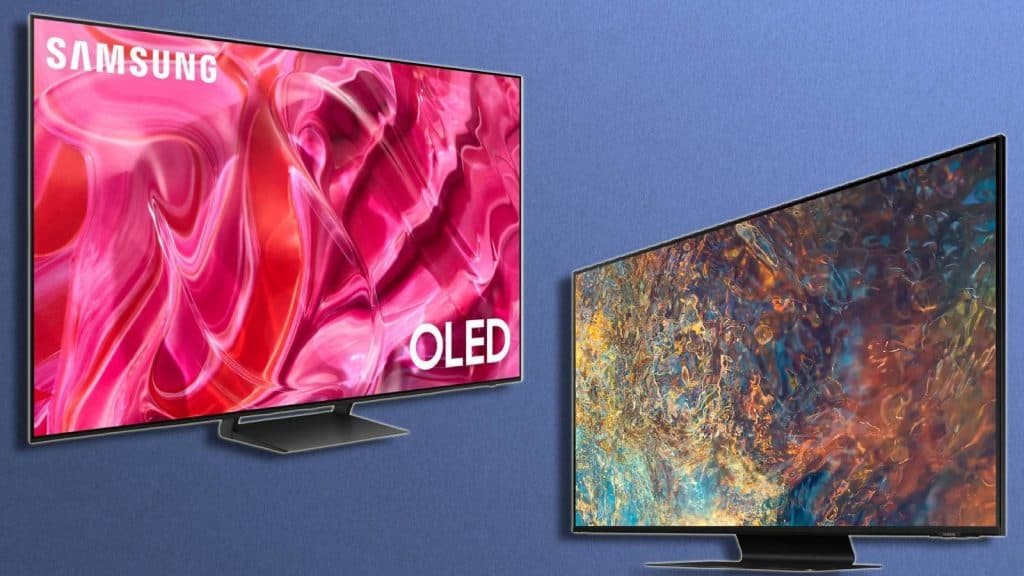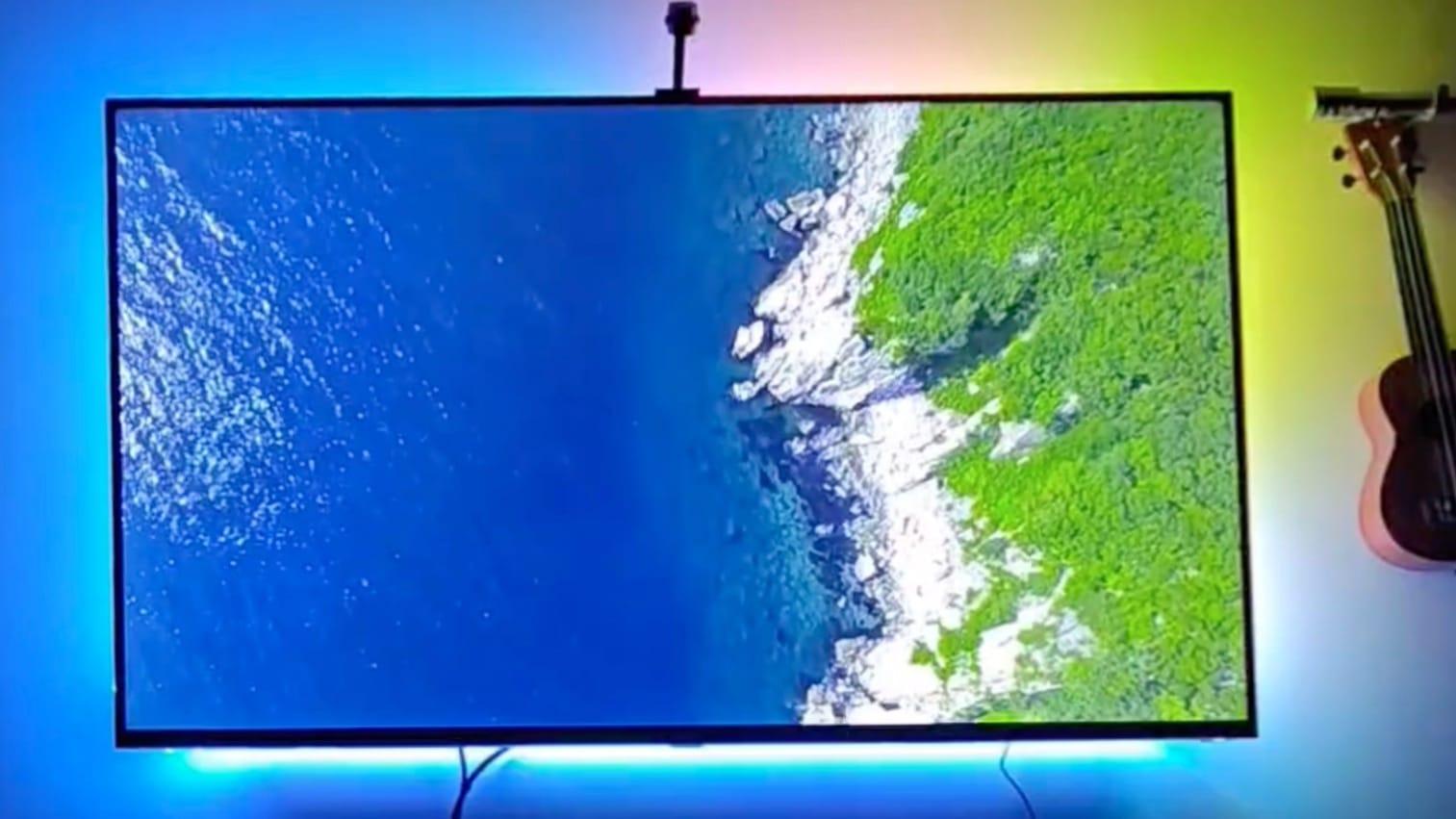What is QLED? Everything you need to know about the new TV tech
 Samsung
SamsungWondering what TV should you purchase and don’t know what a QLED panel is? Here’s everything that you need to know about this display tech.
Quantum light emitting diode, or QLED is a term you frequently encounter if you want to purchase a new smart TV. Though all QLED TVs are essentially LCD TVs, they use an extra layer of quantum dots to offer a better visual experience.
The term QLED was exclusively used by Samsung until 2017, and the South Korean brand has pioneered in this segment. Although QLED was floated to counter the growing dominance of OLED TV, marketed by its arch-rival LG, Samsung has famously released its OLED TVs in various regions.
The QLED alliance, formed in 2017, included Samsung, TCL, and Hisense, who came together to develop this technology. QLED as branding got a significant boost the same year when Samsung rebranded its SUHD TVs to QLED TVs.
As mentioned above, QLED TVs are LCD TVs that use a different technology compared to an OLED TV. Let us dive deeper into this display tech to understand the details of contrast, brightness, HDR, and gaming performance of QLED TVs.
Quantum Dots explained: The science behind stunning colors
A QLED panel uses an extra layer of nanocrystals or quantum dots of varying sizes. This layer is sandwiched between various layers of an LCD panel. When the light from behind hits these quantum dots, they emit highly saturated colors, depending on their size.
 Samsung
SamsungAs shown in the image above, larger quantum dot particles produce a highly saturated red color, while the smaller particles produce a blue color.
Since this additional metallic quantum dot layer drastically improves the color reproduction, you experience an overall brighter and improved image equality compared to a traditional LCD panel.
That said, QLED is more of a marketing term, as QLEDs are supposed to be light-emitting diodes, as the name says. However, the ones that Samsung and other brands promote are LCD/LED panels, which depend on a separate light source.
QLED vs OLED: A battle of display technologies
 Dexerto
DexertoWhile we have a detailed article on QLED vs OLED, we will briefly explain the key differences between the two leading display technologies.
An OLED panel is drastically different from a QLED panel. True to their name, OLED or organic light-emitting diodes produce their own light, thus making it possible to control the light from each tiny LED. As a result, you experience better color output and darker blacks.
Since these diodes produce light independently, the OLED panels are considerably thinner. However, an OLED panel is less bright than an LED, LCD, or QLED panel.
A QLED panel is practically an LCD panel with additional tech to help produce bright and colorful images. They are also slightly better at handling HDR content. However, since these panels depend on an external light source, they are thicker than an OLED panel, and the black color is often dark grey and is not as deep as an OLED panel.
Since QLEDs are advanced LCD panels, the TVs equipped with a QLED panel are often cheaper than an OLED panel. Moreover, OLED TVs offer a far wider viewing area than a QLED TV.
Neo QLED: What is it?
 Samsung
SamsungOf late, Samsung has floated yet another term called Neo QLED. While it literally means new QLED, it is basically Samsung’s way of saying that it is an improved version of a QLED panel as it uses Mini-LED at its core.
Fundamentally, a Mini-LED panel is the same as a regular LED panel. However, it crams way more miniature LEDs than a typical LED panel, resulting in a much brighter image from a thinner form factor.
More LEDs mean way more dimming zones, which further translates into better control of each light zone or better darker images.
Key features and benefits of QLED TVs
 TCL
TCLWhile OLEDs are known to have the upper hand on QLED TVs. However, QLED panels have their highlights, making them worth every penny you spend.
The biggest highlight of a QLED TV is affordability. Compared to an OLED TV, which mostly starts at around $1500, it is possible to find an excellent 65-inch QLED TV under $1000. This means a QLED TV is much lighter on the pocket but is slightly more expensive than a regular LED TV.
Also, a QLED TV should be a no-brainer if you need your TV to be bright. While OLEDs can produce stunning image quality, they are less bright than a QLED TV.
Is QLED right for you? Making an informed decision
 Samsung
SamsungThe latest QLED TVs are incredibly bright and can be on your home entertainment setup. Samsung claims that some of its QLED TVs are extremely high-end and can give OLED TVs from the top brands a tough fight.
It would be best to consider the pros and cons of various TVs, including LCD, LED, Mini-LED, QLED, OLED, or QD-OLED. Then, account for the lighting conditions in the room where the TV will be placed and the output you expect from the TV.
However, despite whatever the brand might claim, the final purchase decision depends on your budget. Some premium QLED TVs are priced at par with the OLED TVs and offer almost similar performance. Hence, choosing the one that meets all your requirements is crucial.



